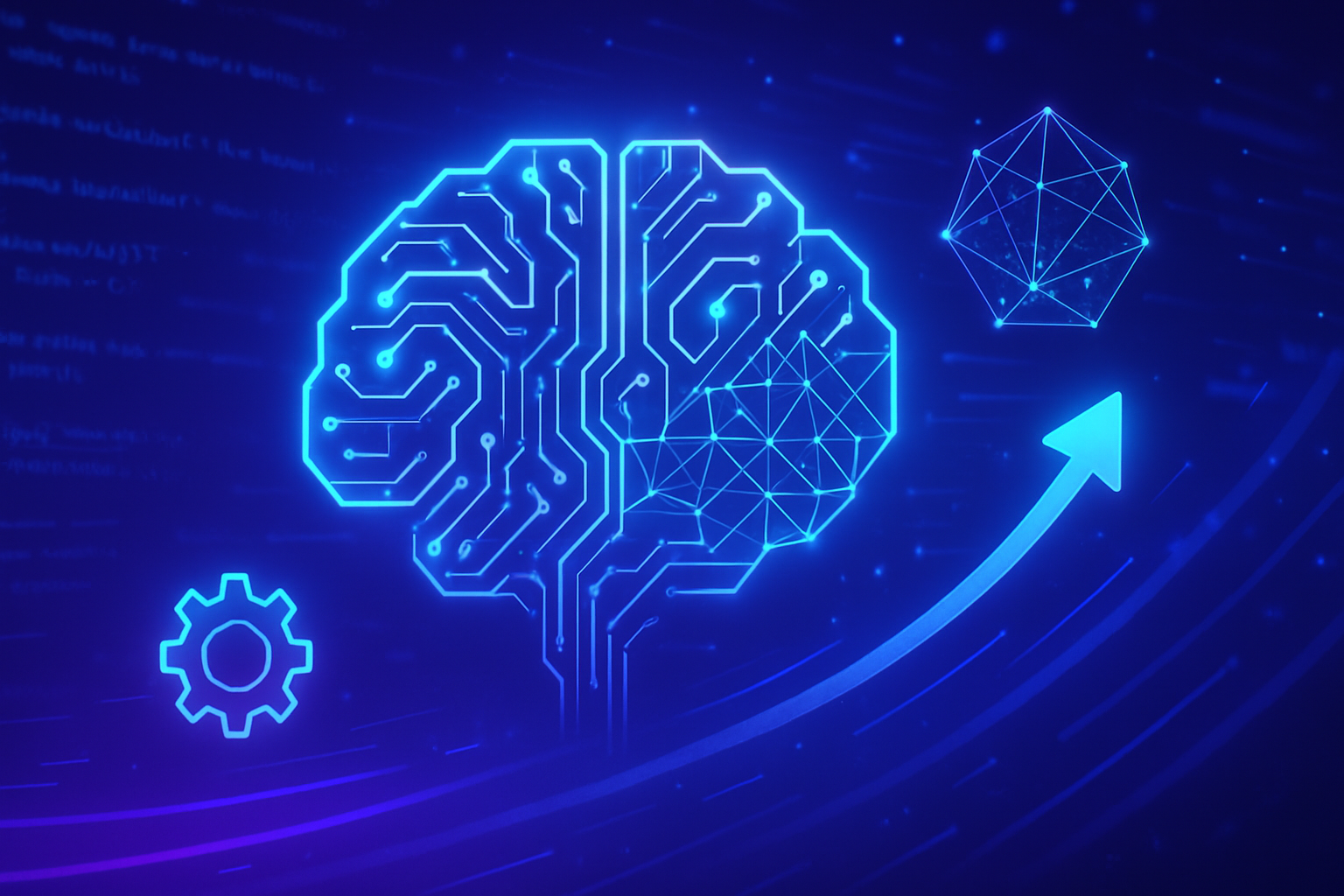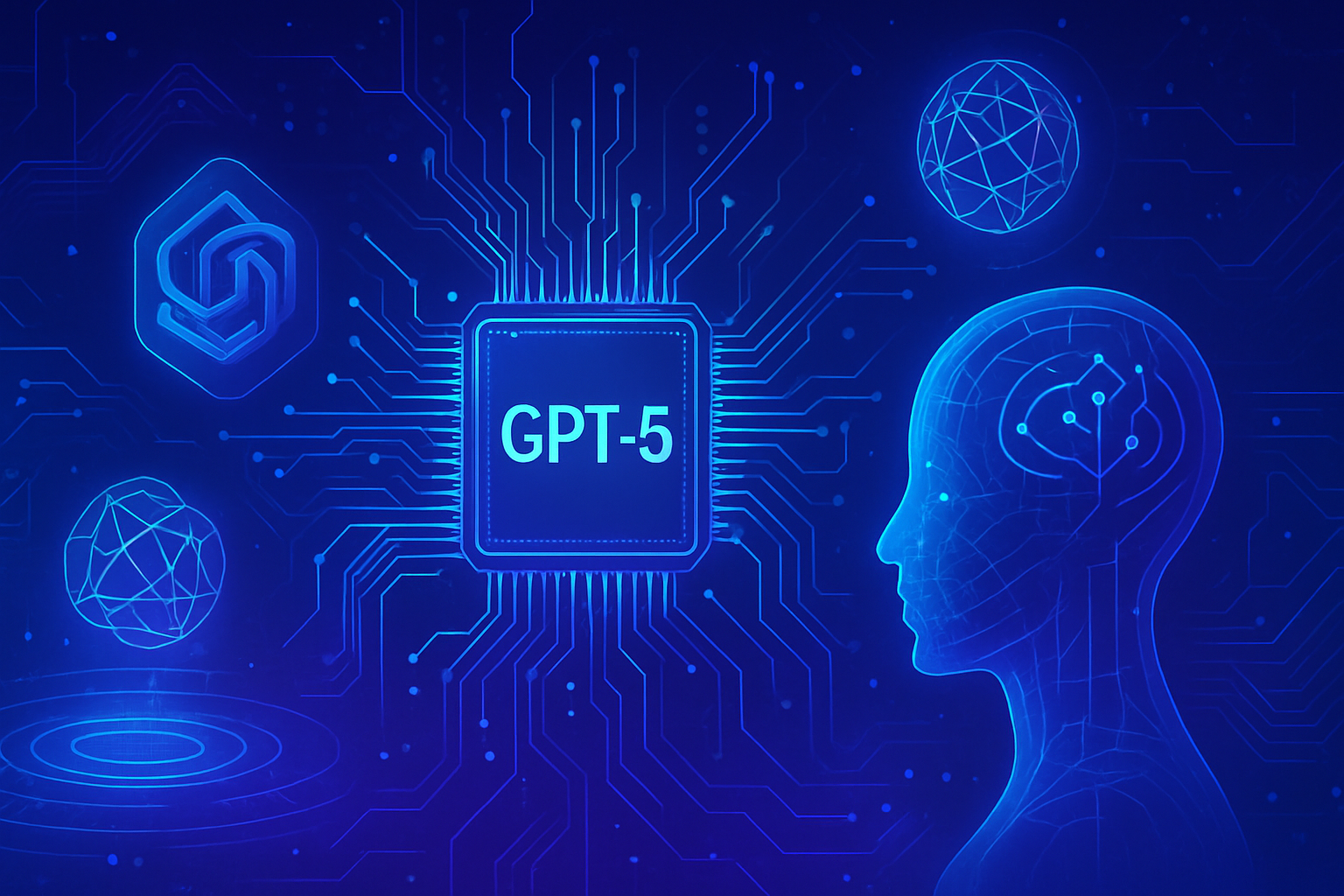The advances in machine learning are revolutionizing the research on perovskite solar cells. Researchers are tackling crucial challenges in energy efficiency by leveraging sophisticated algorithms to develop new materials. Innovation is at the heart of this quest, guiding scientists towards near-record yields. By integrating molecular data, significant breakthroughs are emerging. A new paradigm is emerging, creating unprecedented dynamics in the field of renewable energy.
Machine learning in the search for new materials
An international team of scientists has recently made notable advances through the use of machine learning. This technology enabled the development of perovskite solar cells with near-record efficiency. The research has been published in the journal Science, where the researchers present their innovative method for identifying efficient hole transport materials.
Role of hole transport layers
Within solar cells, the hole transport layer plays a predominant role. It is responsible for transporting the electron-hole pairs generated when light is absorbed by the semiconductor. The efficiency of this transport is directly linked to the material used. Effective materials are necessary to maximize the productivity of solar cells.
A novel approach with machine learning
Traditionally, the discovery of high-performing materials relied on experimentation with existing structures. However, this research introduced a completely different approach, relying on data analysis via machine learning. The process involved selecting 101 molecules from a dataset exceeding one million candidates.
Synthesis procedure and material testing
From the synthesized materials, solar cells were constructed and tested. The test results served as a basis for training the artificial intelligence algorithm. After several iterations, the algorithm proposed the 24 most promising candidates.
Results and best performances
The researchers achieved a hole transport material that enabled the development of perovskite solar cells reaching efficiencies of up to 26.2%. The current record for this type of cells is established at 26.7%, suggesting that this learning method could be pivotal for improving yields.
Future perspectives
The tested materials have revealed their potential, approaching the best available performances. Promising results are emerging from this study, suggesting a bright future for research on perovskite solar cells. Continuing this approach could lead to the design of new materials capable of surpassing current yields.
Contributions to the scientific community
This research represents a significant advance in the field of renewable energies. The implications of using machine learning for material development are vast. It paves the way for other similar research projects, potentially bringing innovative solutions for a sustainable energy future.
Additional information
More information can be found in the article by Jianchang Wu et al., titled “Inverse design workflow discovers hole-transport materials tailored for perovskite solar cells” published in Science in 2024. It explores in detail the process of discovering new materials.
For an in-depth examination of machine learning technologies in this field, you can consult studies such as this project on physical reservoir devices, as well as research on neuromorphic materials.
User FAQ on perovskite solar cells and machine learning
What are the advantages of perovskite solar cells compared to traditional photovoltaic technologies?
Perovskite solar cells offer several advantages, including reduced production costs, potentially high efficiency, and flexibility in manufacturing, making them ideal for various applications.
How does machine learning contribute to improving the efficiency of perovskite solar cells?
Machine learning allows for the analysis of millions of data on materials and structures, thereby facilitating the identification of new materials to enhance the efficiency and stability of perovskite solar cells.
What is the current efficiency of perovskite solar cells, and how does it compare to previous records?
Currently, perovskite solar cells achieve efficiencies of up to 26.2%, which is very close to the world record of 26.7%, marking significant progress in this technology.
What types of materials are being studied using machine learning for perovskite solar cells?
Researchers are focusing on various hole transport materials (HTMs) and other components, using machine learning to identify those that exhibit the best performance in solar cell configurations.
What are the steps in the process of discovering new materials for perovskite solar cells?
The process includes creating a database of molecules, using DFT calculations to characterize these molecules, synthesizing identified candidates, followed by testing in photovoltaic devices to evaluate their efficiency.
How does machine learning improve the speed of research in the development of solar cells?
By processing large amounts of data, machine learning accelerates research and development cycles, reducing the time required to test and evaluate new materials.
Does the use of machine learning reduce the development costs of perovskite solar cells?
Yes, applying machine learning can lower development costs by optimizing the research process, reducing the number of necessary experiments, and quickly identifying cost-effective materials.
What challenges do researchers face when using machine learning for perovskite solar cells?
Challenges include the need for high-quality data, accurate modeling of complex systems, and translating the results of algorithms into practical applications in solar cell development.





